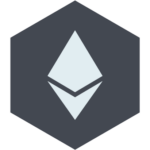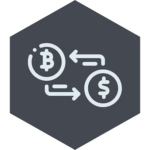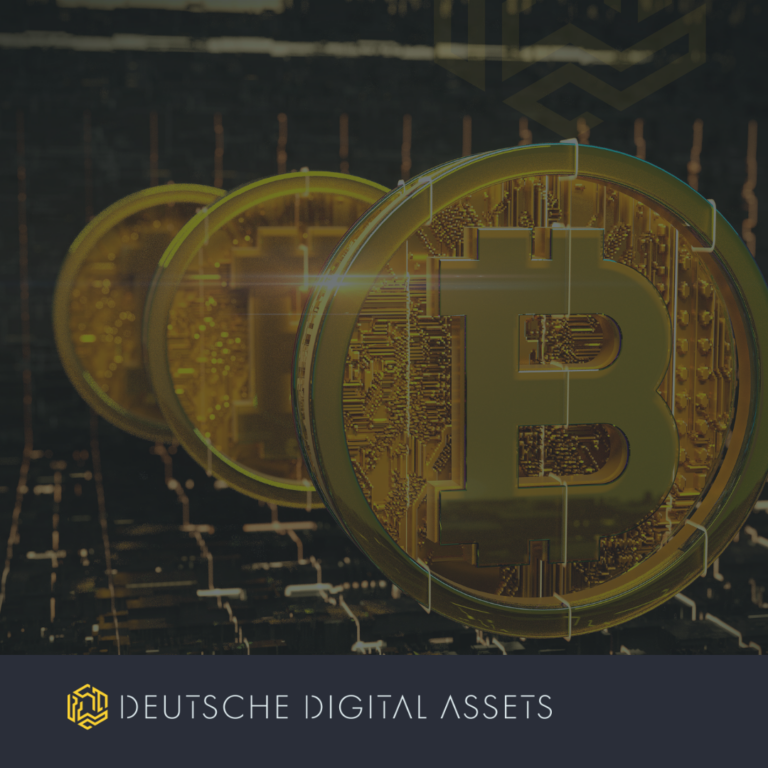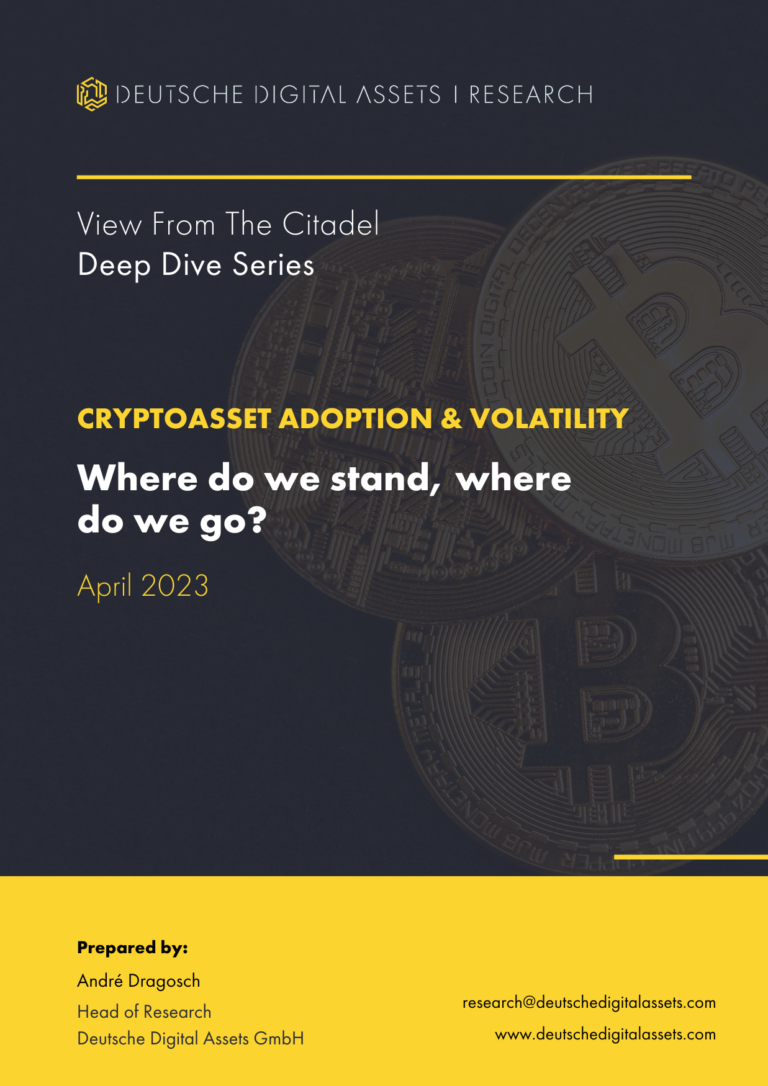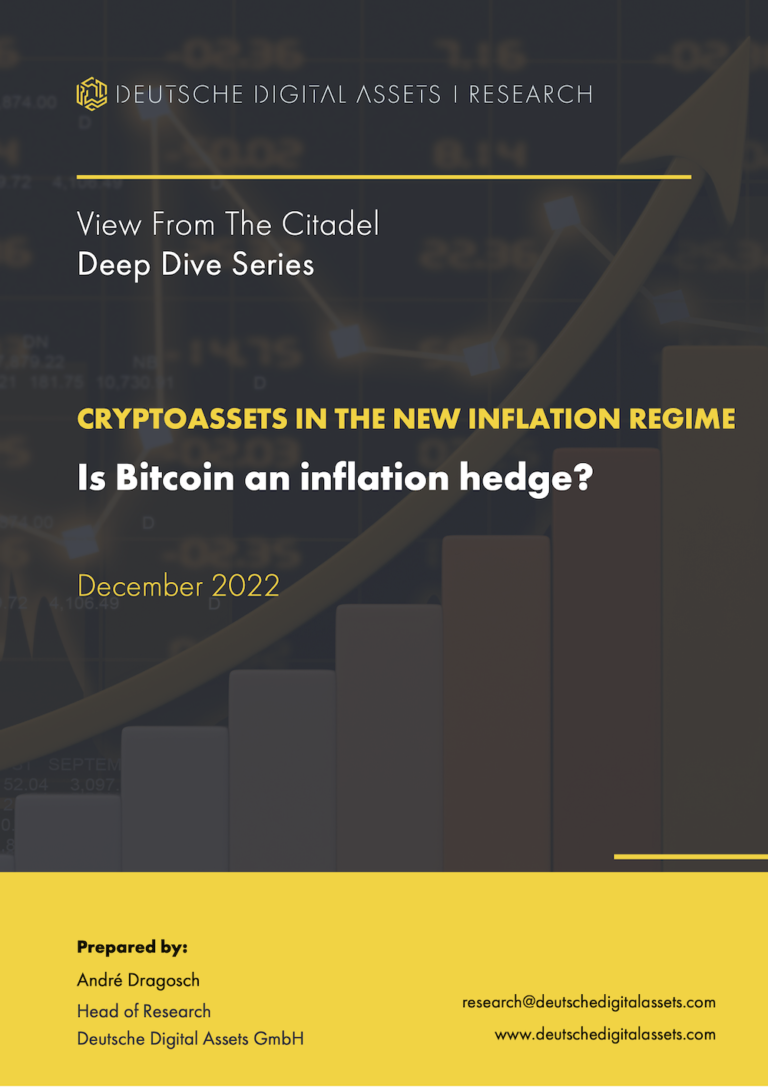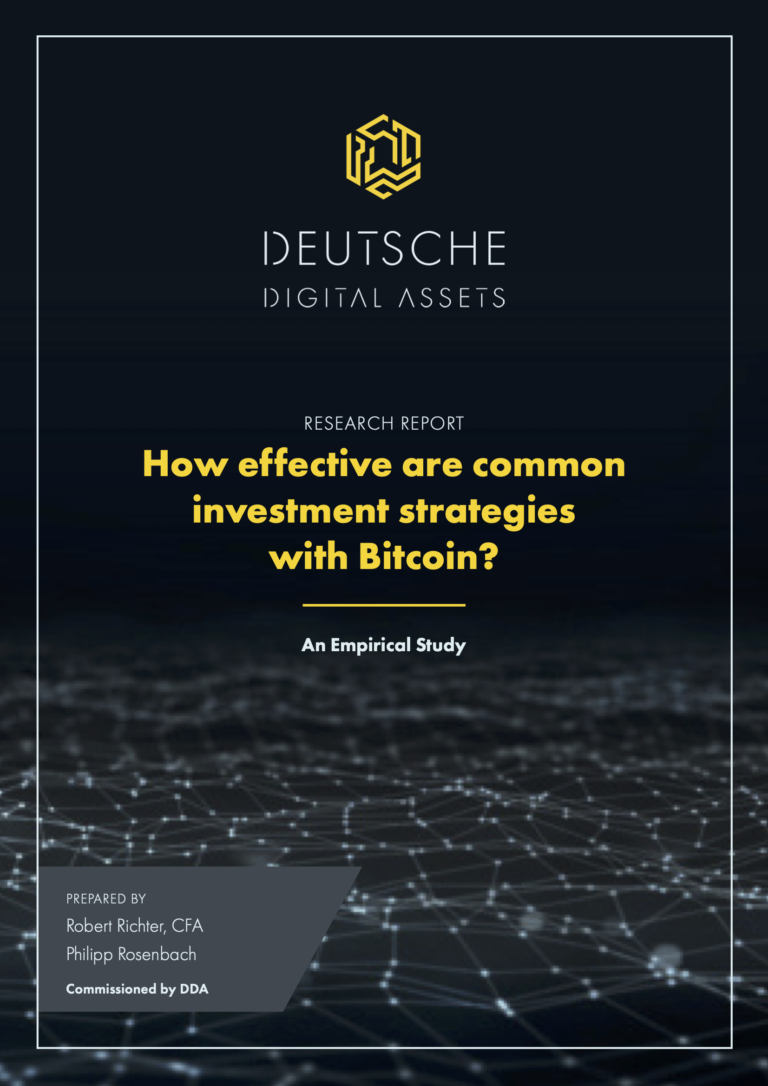Over the last month or so there has been a surge of interest around Bitcoin and various other cryptocurrencies. I do not believe this is due to any single, specific reason, but it could be because many believe the perfect storm for Bitcoin is brewing in 2020. You can learn more about that on our blog here.
But what do I mean by surge? Well, I have personally been receiving dozens of messages requesting information on Bitcoin and crypto. Many of my friends, family, colleagues, and other members in the crypto community have been getting these messages as well. Though the questions vary significantly, what is clear is there is a general lack of understanding of and a few misconceptions about Bitcoin. I would like to take this opportunity to present some facts about Bitcoin. To keep this educational and fun, the facts will not be presented in any sort of meaningful order and I will continually update this list over time. To start, here are the first 50 facts you should know about Bitcoin.
HERE ARE THE FACTS:
- The Bitcoin whitepaper was released on 31 October 2008 by an anonymous person or group that goes by the pseudonym ‘Satoshi Nakamoto’.
- On 3 January 2009, the Bitcoin network came into existence and was published. Its creator, Satoshi, “mined” the first block, also known as the genesis block.
- To this day, no one knows who Satoshi Nakamoto is.
- Satoshi stayed active within the community until 23 April 2011, signing off in an email to another developer. His famous last words in the email were “I’ve moved on to other things. It’s in good hands with Gavin and everyone.”
- It is believed the creator of Bitcoin owns ~1 million Bitcoin across various wallets, but there is no way to know this for a fact. Many of the early mined Bitcoin are distributed over thousands of different wallets, however, the reason we assume these belong to Satoshi is because none of these wallets have any outgoing Bitcoin.
- Bitcoin was initially launched as a Peer-to-Peer Electronic Cash System as an alternative to traditional banks in a direct response to the 2008/09 economic crisis.
- The Bitcoin network has been functional for 99.9851% of the time since its inception on 3 Jan 2009, 2:54:25 GMT.
- There will only ever be 21 million Bitcoin. This is assured by un-rewritable code.
- You can buy a fraction of Bitcoin.
- Bitcoin can be divided down to 8 decimal places, making 0.00000001 BTC the smallest account
- The smallest unit of account for Bitcoin is known as ‘a Satoshi’ or ‘SAT’.
- Bitcoin is open-source, meaning anybody can contribute to its development or mining.
- The Bitcoin blockchain has never been hacked.
- It is not possible to ban Bitcoin or stop the Bitcoin network. Restrictions may come from banks and governments, but anyone with access to the internet can use Bitcoin.
- Bitcoin is completely decentralized and does not have any formal leadership or organization behind it, just a global community of staunch believers.
- Bitcoin is commonly mistaken for being ‘anonymous’. Rather it is ‘pseudonymous’. In many cases, personal identities may be linked to publicly viewable Bitcoin addresses through behavioral analysis.
- Bitcoin is not created out of thin air. They are created from a process known as “mining”.
- Through “mining”, the Bitcoin network creates something known as ‘blocks’ every ten minutes or so, which processes all transactions on the network simultaneously.
- Each block that is processed is added to a chain of previous transactions. Hence, the term “Blockchain”.
- The groups of people who process the network are known as “miners”.
- Miners run tens of thousands of computers around the world to process the Bitcoin network together. These computers are known as “nodes”.
- The nodes collectively decide what transactions on the Bitcoin network are valid and which are not. Through algorithms, they determine what the proper block is, and post it together. This is known as “consensus”, which all nodes must fall into together to receive any reward.
- To compensate for their efforts and expenses to run the nodes, miners are rewarded a certain amount of Bitcoin whenever a block is mined, known as a block reward.
- Each reward miners receive is in Bitcoin.
- Bitcoin only comes into existence through mining.
- The amount of Bitcoin rewarded per block is cut in half every 210,000 blocks, which happens roughly every four years. This event is known as the halving or halvening. The number will keep halving until the number becomes zero and the 21 million Bitcoin are mined.
- At the start of Bitcoin in 2010, the block reward was 50 Bitcoin per block. After two halvings, it is currently 12.5 and will reduce to 6.25 some point mid-May 2020.
- The last Bitcoin is expected to be mined in the year 2140.
- Once all 21 million Bitcoin are mined, no more Bitcoin will ever exist.
- After this, Miners are expected to compensate themselves by collecting transaction fees for processing the Bitcoin network, rather than through block rewards.
- On 22 May 2010, Laszlo Hanyecz paid 10,000 Bitcoin for two pizzas to be delivered to his house. This is the first known commercial transaction involving Bitcoin.
- 22 May 2010 is also known as Bitcoin Pizza Day by cryptocurrency enthusiasts around the world.
- The 10,000 Bitcoin were worth roughly $41 on 22 May 2010, used to pay for a $25 pizza.
- As of this writing, these 10,000 Bitcoin would be worth $90,000,000 with Bitcoin’s price at roughly $9,000.
- The largest Bitcoin wallet holds 255,502 Bitcoin, with an estimated value of $2.2 billion US dollars, belonging to Huobi Exchange.
- You can see a list of all large Bitcoin holding wallets here.
- More than 4 million Bitcoin are estimated to be permanently ‘lost’, meaning they are locked in a wallet that nobody can or will ever have access to again.
- At the time of writing, there are 30,490,740 unique Bitcoin addresses. The majority of Bitcoin users have more than one address, so it is hard to estimate how many unique users use Bitcoin.
- Many users also store their Bitcoin on exchanges, such as Huobi, referenced earlier. Millions of Bitcoin users aggregate their holdings in such wallets.
- There are copies of Bitcoin, known as “forks”.
- The process of creating a new fork is called “forking”. This attempts to create a new chain of Bitcoin.
- There are over 100 forks of Bitcoin, none of which are remotely as successful as the main Bitcoin.
- The main Bitcoin, known as “Bitcoin Core,” has far and away the largest market cap, most users, and highest levels of adoption.
- Bitcoin Core’s ticker symbol is BTC, although sometimes it is referenced as XBT.
- The Bitcoin whitepaper was recently described as “poetry” by Jack Dorsey, the CEO of Twitter.
- In reference to Bitcoin, Jack said: “I think the Bitcoin whitepaper is one of the most seminal works of computer science in the last 20 or 30 years.”
- In early May 2020, legendary billionaire investor Paul Tudor Jones said his funds would be deploying a single-digit allocation to Bitcoin exposure through Bitcoin futures trading on the CME.
- Paul Tudor Jones believes Bitcoin may be the best hedge against inflation in the age of coronavirus for investors.
- Jones says that an investment in Bitcoin reminds him of “gold in the 1970s.”
- Due to the deflationary nature of Bitcoin and other intrinsic characteristics, many believe Bitcoin is the hardest form of money in the world.
By Harsh Jani, Business Development Lead, Iconic Holding
- Bitcoin’s Perfect Storm
- A Beginner’s Guide to Crypto Investing
- The Looming Financial Crisis And Bitcoin


